You are here
Back to topChina’s Banana Imports Fall for Third Consecutive Year in 2024
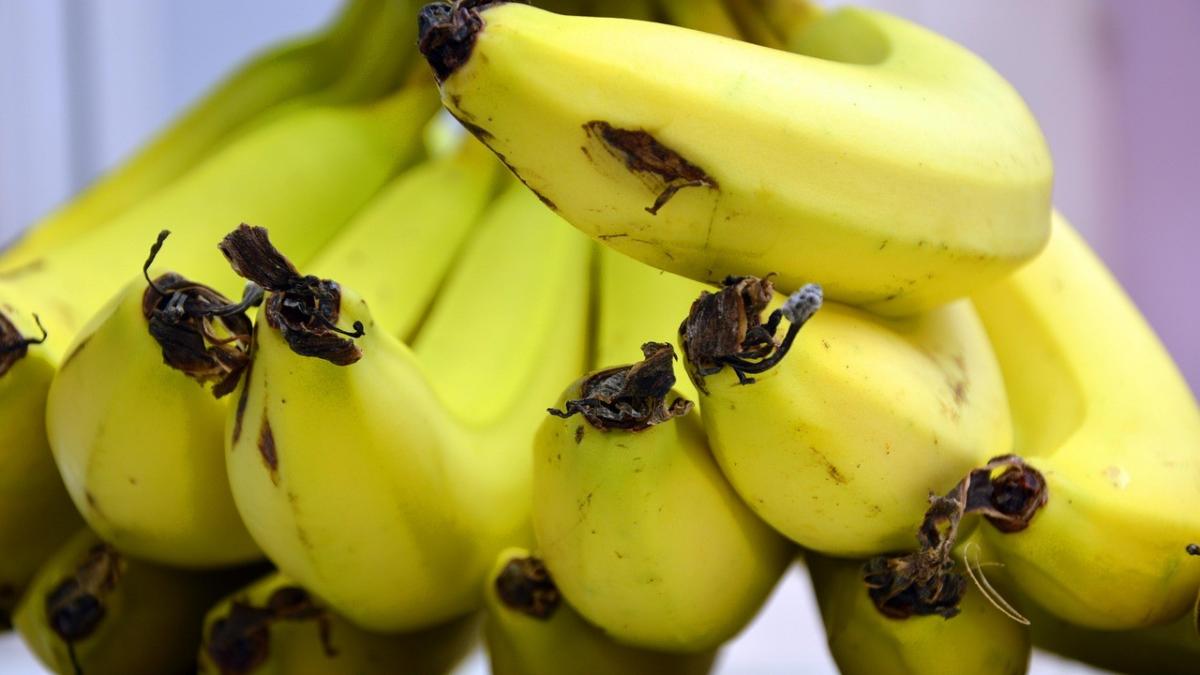
In 2024, China’s banana imports totaled 1.687 million metric tons, a decline of 4.6% compared with 2023 and marking the lowest level in four years. In 2021, supported by stable market demand and improvements in logistics and transportation systems, banana imports peaked at 1.864 million metric tons. In 2022, imports fell to 1.810 million metric tons with a value of $1.16 billion. In 2023, imports dropped further to 1.768 million metric tons, a decrease of 42,000 metric tons from the previous year. Overall, from 2021 to 2024, China’s banana imports showed a consistent downward trend.
This decline in banana imports is primarily attributable to the expansion of domestic banana cultivation and the instability of overseas supplies. Advances in cultivation techniques have enabled some parts of China to increase their planting areas, boosting domestic production and reducing China’s reliance on imports. Meanwhile, traditional suppliers such as the Philippines and Cambodia have faced production and export challenges owing to the spread of Panama disease alongside natural disasters, resulting in decreased exports to China. Furthermore, the growing variety of fruits available on the market has eroded the market share once held by bananas. Alongside the effects of economic fluctuations on consumer purchasing power, these factors have contributed to an overall decline in demand for bananas.
The banana trade landscape has also witnessed significant changes in recent years. According to data from China Customs, Vietnam overtook the Philippines in 2024 to become the largest source of China’s banana imports, supplying approximately 625,000 metric tons and accounting for 37.0% of China’s total imports of the fruit. The Philippines, Ecuador and Cambodia followed, with these four countries collectively representing over 93% of total imports.
In 2021, the Philippines was China’s largest banana supplier, exporting 847,000 metric tons, followed by Cambodia (359,000 metric tons), Vietnam (354,000 metric tons) and Laos (73,900 metric tons).
In 2022, the top sources of China’s banana imports were the Philippines (725,000 metric tons), Vietnam (469,000 metric tons), Cambodia (337,000 metric tons) and Ecuador (200,000 metric tons), with these four countries together accounting for 95.6% of total imports.
In 2023, the Philippines remained the leading supplier with 686,000 metric tons, followed by Vietnam with 506,000 metric tons. Ecuador and Cambodia contributed approximately 266,000 metric tons and 263,000 metric tons, respectively.
The sharp increase in Vietnam’s banana exports to China can primarily be ascribed to two factors. First, Vietnam’s geographical proximity to China translates to lower transportation costs, making it less vulnerable to rising freight rates. Second, the granting of official market access to China through regular trade channels in 2022 significantly boosted exports of Vietnamese bananas.
Given the current trends in the banana trade, it is estimated that China’s banana imports in 2025 will likely remain between 1.6 and 1.7 million metric tons, continuing the downward trend. On the one hand, domestic banana production is progressing well, with output expected to grow further. On the other hand, while countries like Vietnam and Laos may continue expanding their banana exports to China, the potential for significant growth in imports remains limited on account of factors such as high transportation costs, the recovery of banana production in other countries and shifting demand within the Chinese market.
Image: Pixabay
This article was translated from Chinese. Read the original article.



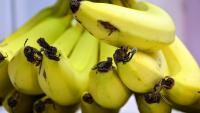
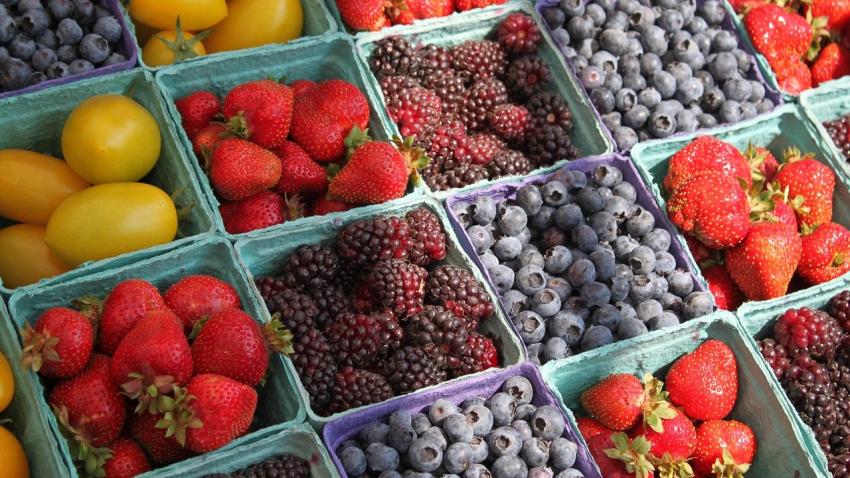
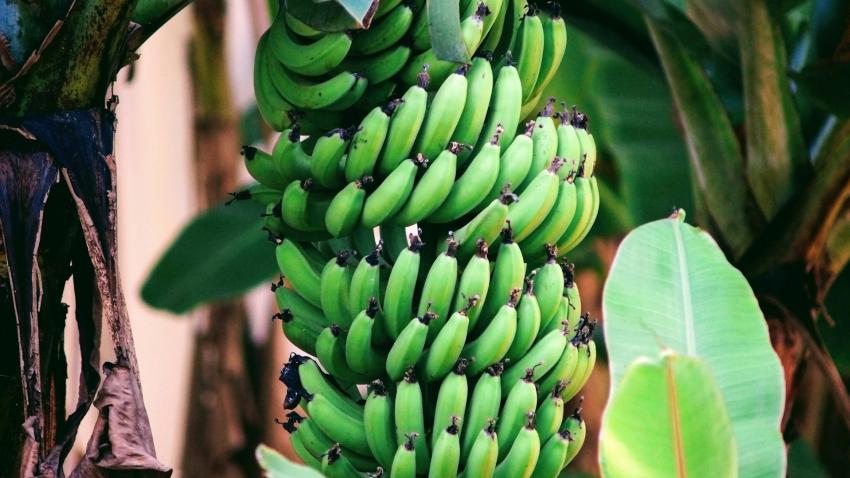

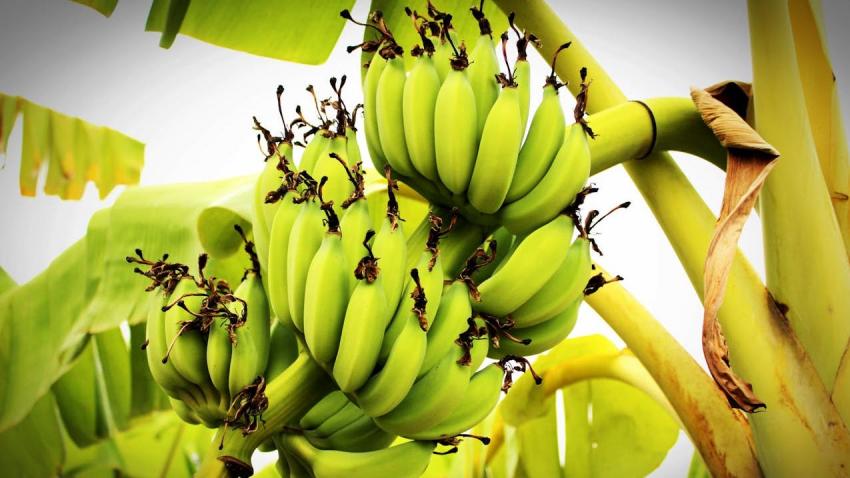
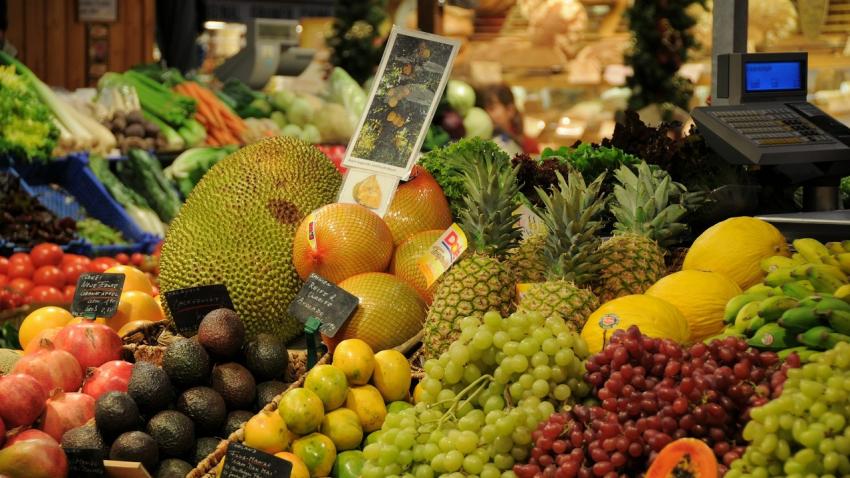
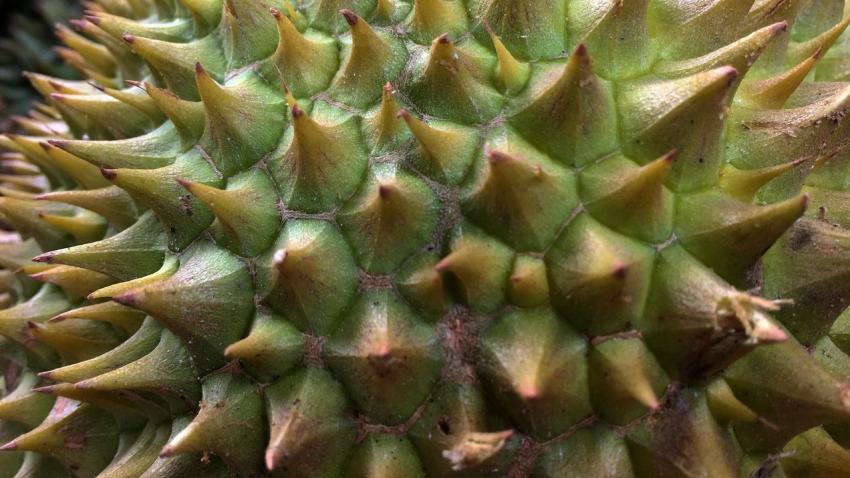





Add new comment